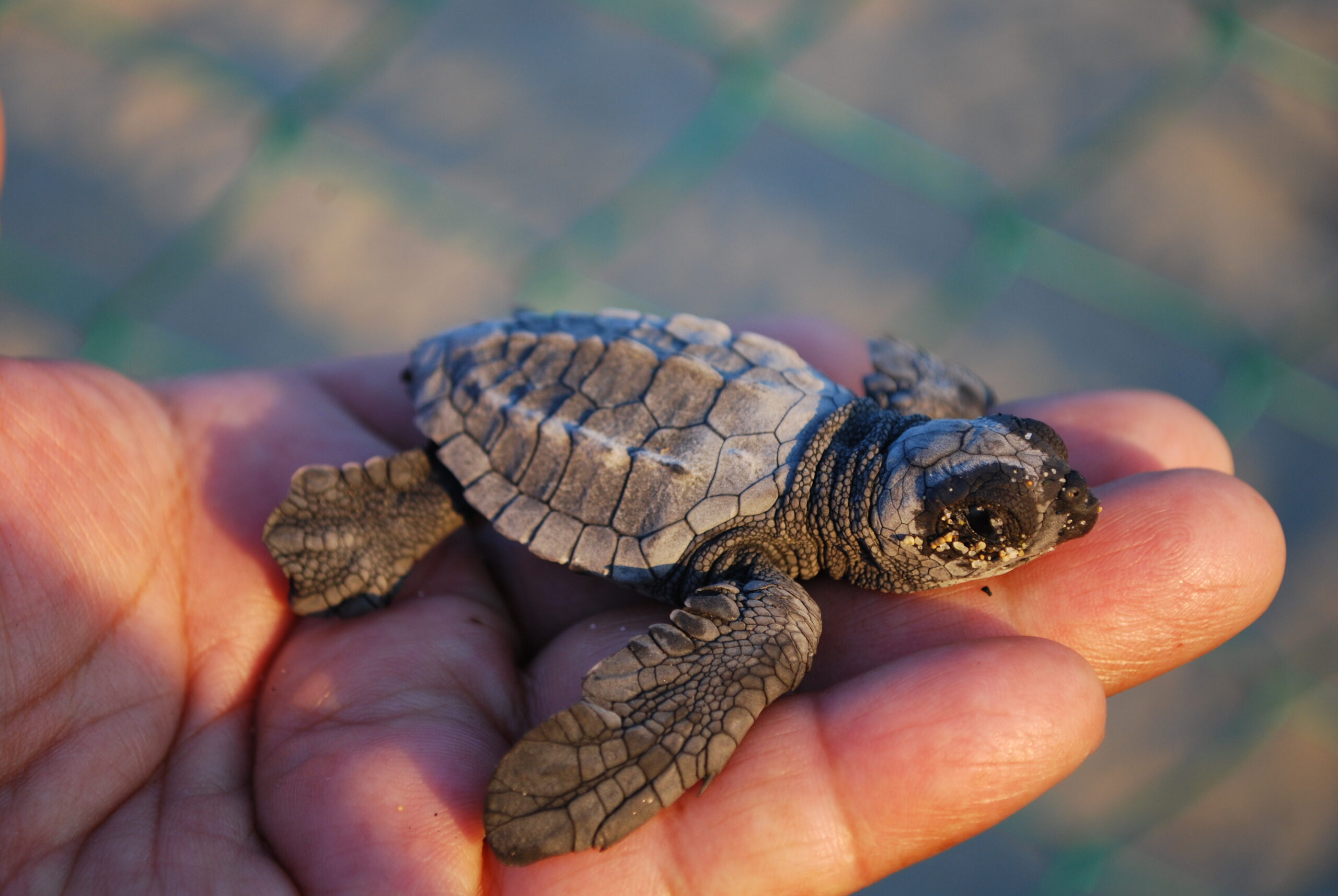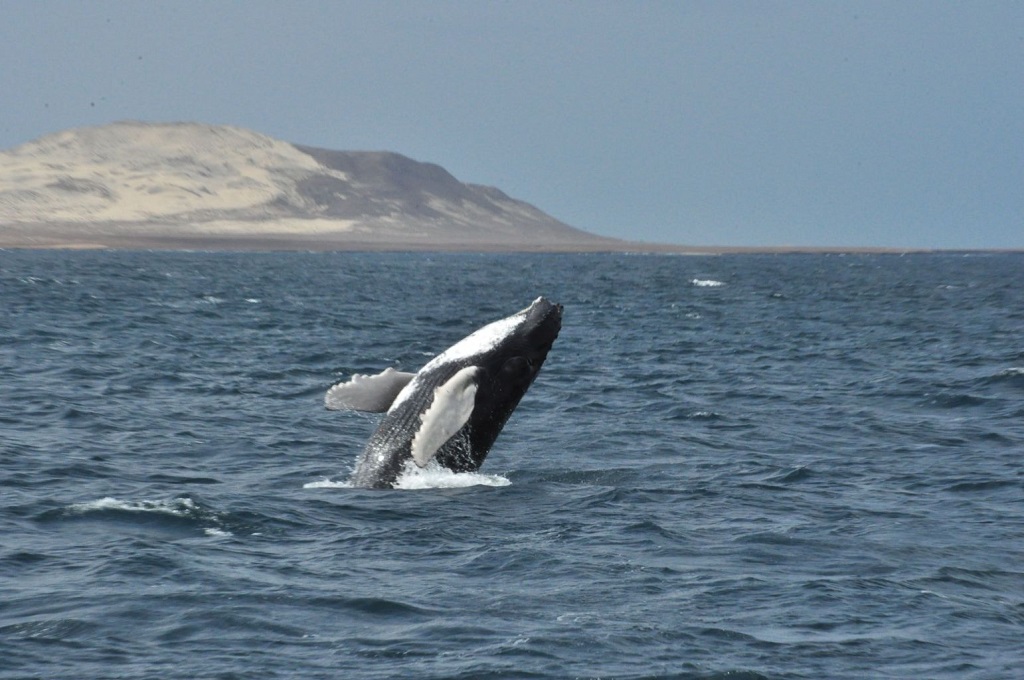Loggerhead turtles in west Africa are shrinking

Loggerhead turtles in West Africa are shrinking – but it may be a good sign that the threatened species is bouncing back, scientists claim. The average size of loggerhead turtles in Cape Verde, Africa is decreasing. Australian scientists believe this is the result of a boom of first time mothers. First time nesters tend to be smaller than the more experienced mothers. The researchers also noted an increase in the number of nests. This could indicate a population increase as a result of conservation efforts.
Loggerhead turtles appear to be getting smaller – but this could be a sign that numbers are increasing. A study has found that the average length of the endangered sea turtles has reduced by about 0.94 inches (2.4cm) over the last 11 years.
Scientists from Deakin University in Australia and Cape Verde believe this could be due to an increase in first-time mothers, who tend to be smaller than turtles returning for their second and subsequent nesting seasons. They are hopeful this is a result of conservation efforts in Cape Verde, where the study took place.
Reductions in the size of other species, like fish and rams, is thought to be the result of over-harvesting or trophy hunting for their valuable horns or tusks. However, these researchers believe that their result is a positive indication of the vulnerable loggerhead turtles bouncing back. Data was collected from the island of Sal in the northeast of the Cape Verde archipelago, one of the world’s largest sea turtle rookeries.
They measured the curved carapace, or shell, length and width of female turtles over the five-month nesting period in nightly beach surveys from 2009 to 2020. The estimate growth rates of females was calculated, and they used statistical modelling to discern long term trends. The mean curved carapace width was found to shrink over the years, with the average size of the smallest 10 per cent of turtles decreasing by 0.66 inches (1.7cm).
However, it was found that the annual number of nests on Sal has increased rapidly from 506 nests in 2008 to 35,507 nests in 2020 – a 70-fold increase. This proves the size decrease was not the result of the removal of larger size classes of turtles by human intervention.





